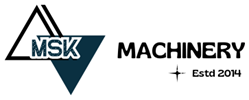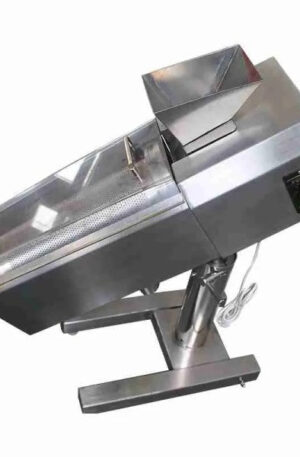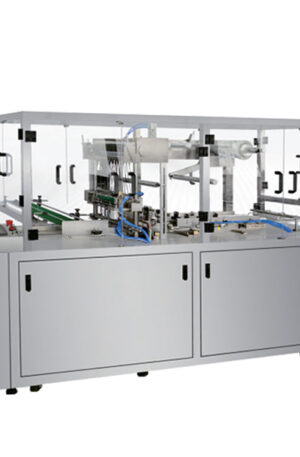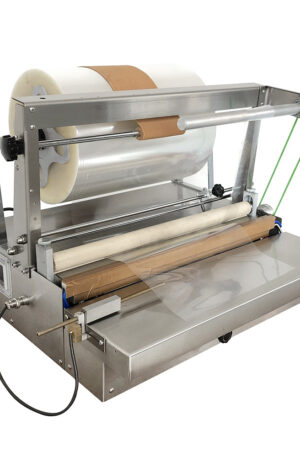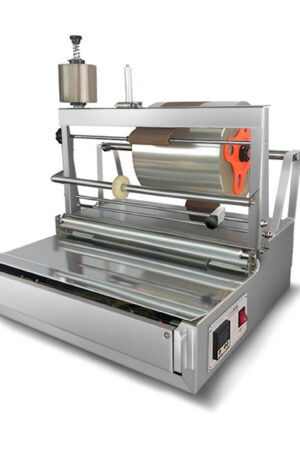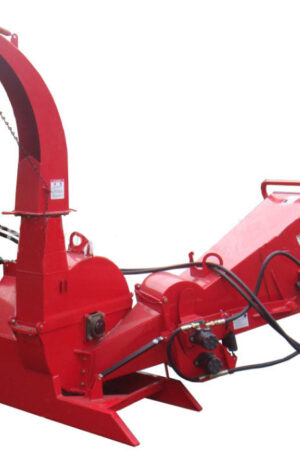Title: The Evolution of Pharmaceutical Machinery: A Journey through Innovation and Progress
Pharmaceutical machinery has undergone a remarkable evolution over the years, driven by the constant pursuit of efficiency, accuracy, and safety in the production of medicines. Two key devices integral to the pharmaceutical manufacturing process are the table press machine and the capsule filling machine. These machines, such as the Tablet Press Machine (TDP) and Tablet High-Speed Press (THDP), have played pivotal roles in revolutionizing the pharmaceutical industry.
The Table Press Machine is a cornerstone of pharmaceutical manufacturing, responsible for producing tablets in a variety of shapes and sizes. It operates by compressing powdered ingredients into solid form, ensuring precise dosages and uniformity in each tablet produced. The TDP is a popular choice for its ability to produce high-quality tablets at a rapid pace, meeting the demands of modern pharmaceutical production lines. With advanced features such as adjustable compression settings and automatic ejection mechanisms, the TDP stands at the forefront of pharmaceutical tablet production.
On the other hand, the Capsule Filling Machine is an essential tool for encapsulating powdered or liquid medications into gelatin or vegetarian capsules. The THDP, a modern capsule filling machine known for its high-speed capabilities and accuracy, has streamlined the process of encapsulation in pharmaceutical manufacturing. With multiple filling stations and a precision dosing system, the THDP ensures consistent filling weights and minimal waste, meeting the stringent requirements of pharmaceutical quality control standards.
The evolution of pharmaceutical machinery has seen significant advancements in technology and design, enhancing the efficiency and output of production processes. Features such as advanced controls, real-time monitoring systems, and automated cleaning procedures have transformed pharmaceutical machinery into sophisticated and innovative tools. In addition, the integration of digital interfaces and connectivity options has facilitated seamless data exchange and improved traceability within pharmaceutical manufacturing facilities.
Furthermore, the drive towards sustainability and eco-friendly practices has led to the development of pharmaceutical machinery that optimizes energy consumption and reduces waste. Manufacturers are now investing in environmentally conscious solutions such as eco-friendly materials, energy-efficient components, and recyclable packaging options. By prioritizing sustainability, pharmaceutical companies are not only reducing their carbon footprint but also contributing to a greener and healthier future for all.
In conclusion, the evolution of pharmaceutical machinery, exemplified by devices like the TDP and THDP, showcases the industry’s commitment to innovation and progress. With a focus on efficiency, accuracy, and sustainability, pharmaceutical machinery continues to drive advancements in the production of life-saving medications. As technology continues to evolve, we can expect pharmaceutical machinery to play an even more crucial role in meeting the growing demands of the pharmaceutical industry while ensuring the highest standards of quality and safety.
